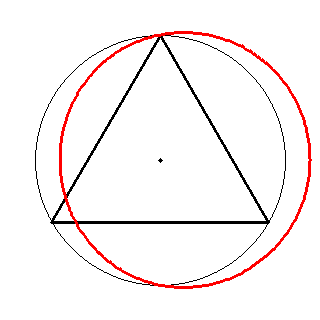I have been studying three-phase systems for the whole course of a subject (on the first year of the university degree). I have finished now, and I know both "Y" (star) or "Delta" (triangle) connections. I have made a lot of computations with them, however I don't know the different applications they have and I would like to know the following in order to increase my knowledge.
I would like to know which one is better (Y or Delta) for different purposes, they must have its advantages and disadvantages, but I have never been told which ones are them. I have tried to do some research on the Internet, but I haven't found in particular a good answer. I have only seen the advantages and disadvantages of Y and Delta motor startup, but I'm thinking more of the "circuit" point of view.
I'm really interested on the subject, but I just seen it from the computational point of view. I would appreciate if someone could explain me a little bit some of the main advantages and disadvantages of using both connections. Thank you.
Answer
The two systems have vastly different applications. Yes, there is a lot of crossover between them in some fields, but the two are more suited to certain applications.
Take motors for instance. Delta is far superior for driving motors than star. With delta you can visualize a wave circulating around the triangle, and it's that wave that turns the motor. As the wave moves around the phases it effectively drags the motor around with it. It makes motor design really simple and efficient. Not so with star, where you in essence have to try and combine three single-phase motors in together,
However, when it comes to a situation where you want to spread a load between multiple circuits or devices, and the load on each phase may not be equal (unbalanced system) then a star arrangement has massive advantages. Each branch of the star (phase) is a separate circuit in its own right. The load on each phase is specific to that phase, and they have little influence on each other.
There is also a third arrangement, which is kind of half way between a star and a delta - in this arrangement each delta phase is connected with its own completely separate transformer and there is no common neutral point. This is actually seldom seen much, but I thought I should mention it here anyway. It basically combines both the star arrangement with full isolation, so can have some safety advantages (like having an isolation transformer on a normal single-phase supply) but isn't worth the hassle of a system without a common neutral point.
To clarify what I mean about a wave rotating around a delta, here is a little animation I knocked up:

Note: It's Christmas Day, I'm drunk, and that might all have been complete gibberish for all I know.
No comments:
Post a Comment